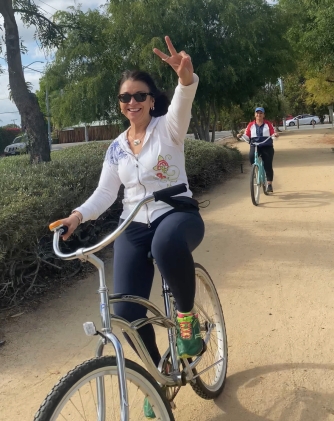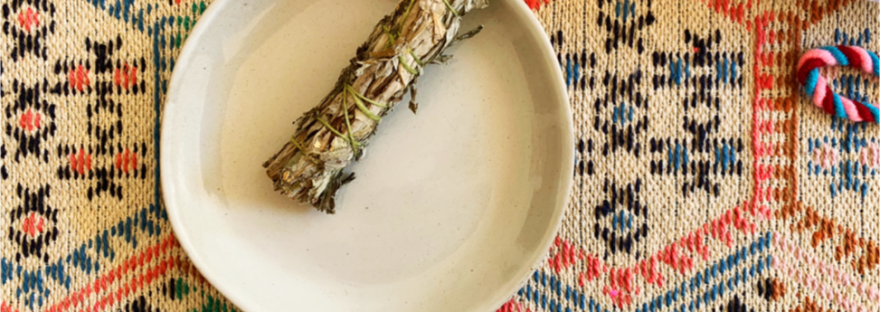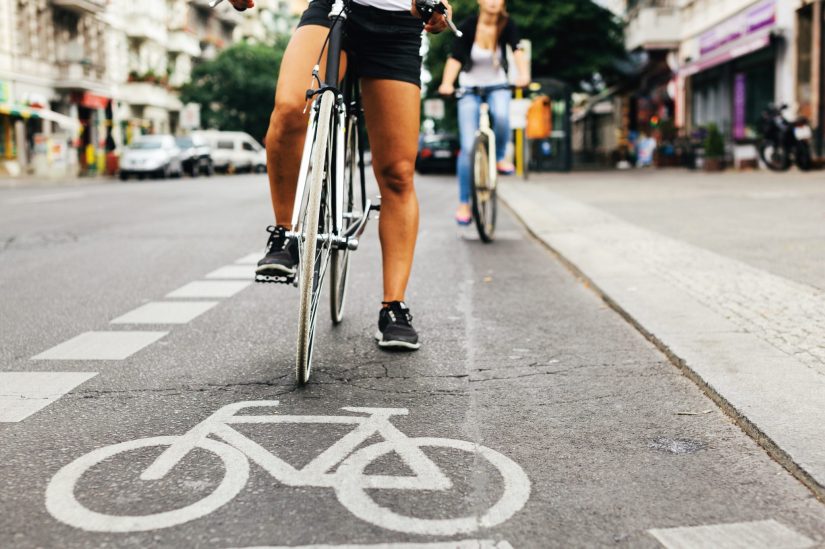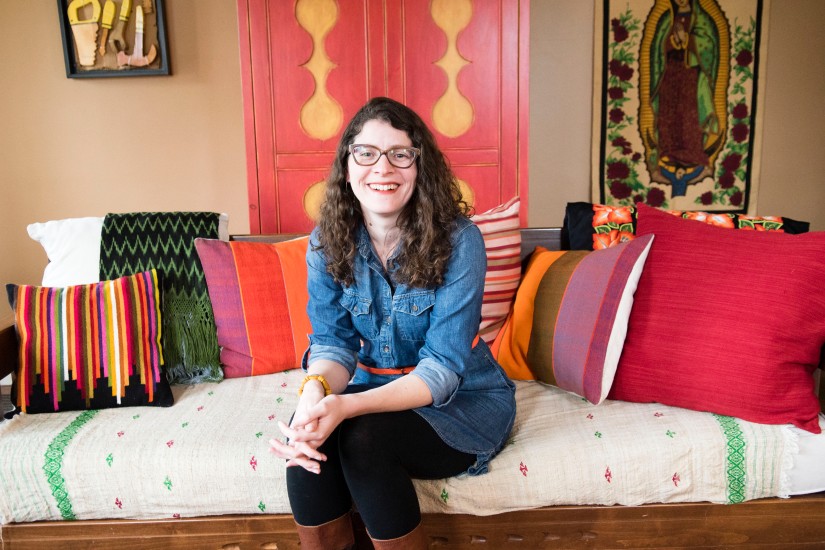So You Have Diabetes, Comadre…
First of all, remember, you are strong, you are powerful. You are Latina. Even with all the diabetes in our families and communities, Latinas still live longer than anyone else.

We are made of strong stuff. So even though we have diabetes, we still live longer than anyone else. Now let’s live, not just longer, but also healthier! We can do it. Let’s take care of ourselves con Ganas y Salud!
When it comes to diabetes, taking care of ourselves comes down to several steps.
- See a Certified Diabetes Educator.
- Eat Healthy.
- ¡Actívate! Get active, already.
- Manage your stress.
- Get support.

-
See a Certified Diabetes Educator. The first step in taking care of your diabetes is to get good advice from an expert. If you have insurance, are on Medicare or Medicaid, find out more about DSMES.
DSMES is the Diabetes Self Management Education and Support Program. This program offers special diabetes education and management services to people with diabetes. These are certified educators who know what they’re doing when it comes to diabetes. They will help you figure out a plan that is tailored to your needs. Take advantage of it, if you can. If you are Medicare and/or Medicaid, DSMES may be free. Find out more. There are other very good resources in the United States for other diabetes education and support. There is a program called the Diabetes Self-Management Program and the Chronic Disease Self-Management Program that offer classes. You will learn a lot about diabetes self-care and you will make friends! Contact your local health department for information about these free classes. They are sometimes available in Spanish.
-
Eat Healthy. What does that mean? We are going to give you some simple guidelines, from the CDC. This is an easy way to eat healthier when you have diabetes.
The Plate Method
Eating healthy when you have diabetes is all about controlling your blood sugar levels. Starchy vegetables and processed grains like white flour, white rice, white flour tortillas and white bread are just some of the foods that will raise your blood sugar levels. These kinds of foods can cause you problems. Learn to eat these kinds of foods in a more moderate way, and your body will thank you. It doesn’t mean you can never have cake or bizcochitos or empanadas. It just means you need to take care of yourself by being careful and medida. Nothing wrong with being medida. (Didn’t your mama always tell you that?) The plate method is a simple, visual way to make sure you get enough nonstarchy vegetables and lean protein while limiting the amount of higher-carb foods. 
Here’s how to use the Plate Method:
- Start with a 9-inch dinner plate.
- Fill half with nonstarchy vegetables, such as salad, green beans, broccoli, cauliflower, cabbage, peppers, verdolagas, pepinos, and carrots.
- Fill one quarter of your plate with a lean protein, such as chicken, fish, turkey, beans, or eggs.
- Fill one quarter with carb foods. Foods that are higher in carbs include grains, starchy vegetables (such as potatoes and peas), rice, pasta, fruit, and yogurt. A cup of milk also counts as a carb food.
- Choose water or a low-calorie drink such as unsweetened iced tea to go with your meal.
- Look in our Cocina for Diabetes Friendly Recipes.
- Learn to make more veggie dishes.
- Snack on veggies like carrots, pepino con chilito, green beans, celery and jicama, also con chilito y limón.
-
¡Actívate, Ya! Get active already. You don’t need to join the gym or get expensive equipment. Start with 30 to 45 minutes of activity every day. You can go for a 20 minute walk in the morning and 20 minute walk in the afternoon. You can mix up up.
Get a bike! Ride your bike for 30 minutes. Work in your garden for 20 minutes and go for a walk for another 20 minutes. Walking is free. Find a safe place to walk. Call your Comadre and get out there, Girl! Being more active will help you control you blood sugar and may help you get to a healthier weight. Don’t delay. Do it today. 
- Manage your stress. Stress is not good for anyone but it is especially hard on people with diabetes. Learn about deep relaxation. There are many free resources online that can help you manage your stress. Even taking 10 deep relaxing breaths every few hours will help you reduce stress. Go stand under a tree for 5 minutes and be still. Take a walk around your neighborhood and look at the flowers. Pray the rosary. Or use prayer beads in your own way.
- Get support. Moral support is very important for people with diabetes. Avoid isolating yourself when you feel sick or low energy. Call a Comadre and complain. Go for it. Join a support group. Take a diabetes self-management class and make new friends who also have diabetes. Reach out to your friends and family and share your feelings. Find people who will not judge you when you don’t stick to your plan or eat something that makes you feel guilty.
Remember, you can live well with diabetes. You are strong. You are powerful. You are Latina! And you live longer than anyone else! That’s good news! Now live your healthiest life so you can live that long life con ganas y salud.



















